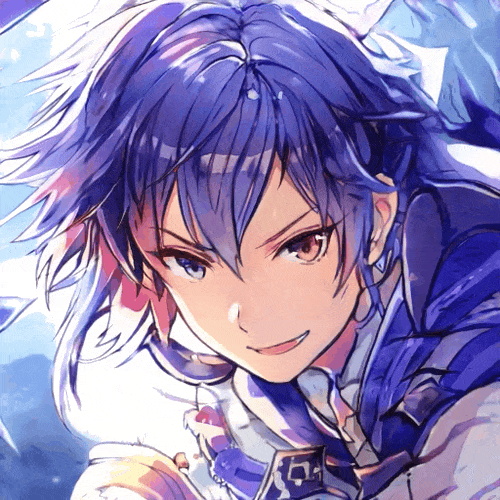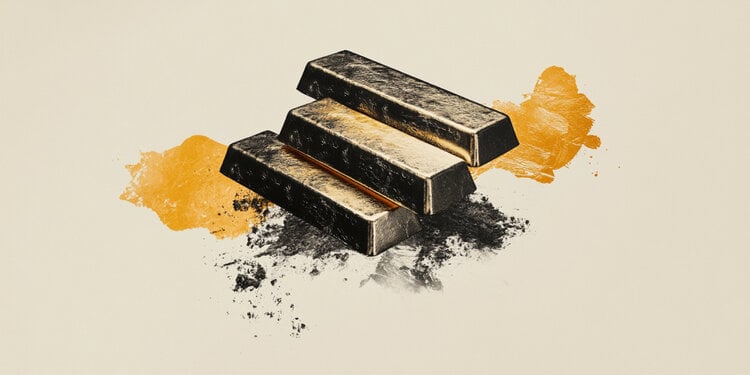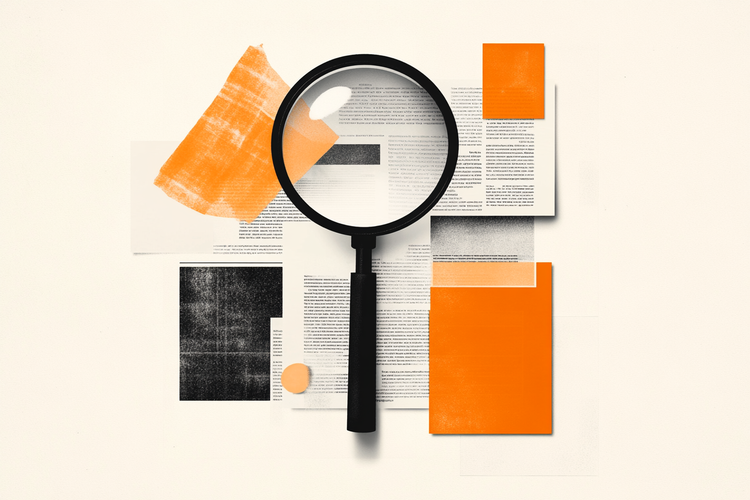Waifu Labs, nice to meet you. The first version of the neural network, which is tailored for creating anime-style portraits, was launched by the developers about two years ago. After the end of the cycle of two million images, the creators actually transferred their creation to the next – already the second – level. It is in honor of this that the authors of the project decided to share the secret. They told how exactly a typical neural network draws people – even if it is stylized. The example is as simple as possible and very clear – it definitely deserves attention.
How a typical neural network learns to draw human faces
First, it’s important to understand that Waifu Labs is a generative adversarial network. To explain how the technology works far from the world of neural networks, its creators have created a special explanatory video.
By and large, you can think of Waifu Labs as two neural networks at once that are constantly competing with each other. The first element of artificial intelligence is called “Generator” – he must learn to draw something according to a specific technical task. The second element is “Discriminator”. He must train himself to distinguish the fake drawings that the neural network creates from the real ones – in theory, a living person had a hand in them.

Both halves of one neural network receive a whole set of diverse anime data from real artists and instructions on how the process of creating a certain drawing took place. On all this, artificial intelligence begins learning. During it, it is important that the two halves of one whole are improved at the same speed. Otherwise, the educational process will be suspended. To achieve the current quality, the neural network needs a supercomputer and about two weeks. The following shows the key steps in the progress of her training.
Step 0 At this stage, it is clear that initially the future neural network has absolutely no idea about art as such. The first image that artificial intelligence draws is noise, a random splash from the so-called “primal slime”. For a while, he will try different strategies to create something similar to what a person would draw.

step 1024. Here you can already see something like a face.

step 4096. At this stage, specific style features begin to appear. As the neural network is honed to create anime-style faces, AI is already picking out the appropriate hair strands and facial features.

Step 13516. Like inexperienced human artists, the neural network initially learns to draw eyes.

Step 23961. Minor features are already visible here: ears and shoulders.

Step 40564. Blurred forms gradually turn into real features. The size of the new elements is getting smaller and smaller – they are what give the future illustration texture and style. Color in this case is the last question.

Step 43636. It is important to note that the learning process is not always stable. That is why sometimes such terrible images appear. However, artificial intelligence is rapidly improving.

Step 50000. Actually, here it is – the final result.

The neural network is also taught the mental representation of a face
It is important to note that a modern neural network is taught not just to copy the work that was “fed” to it, but to form objects: high-level (forms) and low-level (textures). This is necessary in order for artificial intelligence to create something precisely in its conditional thought process, and not just copy some work.
The human artist has a similar mental representation of a particular object. The more experience, the less thoughts on this topic become – they remain at the level of intuition.
In the case of artificial intelligence, the thought process is blocked when learning stops. Something like a coordinate system is created. By isolating certain vectors, you can create similar objects of different directions.
Same character, different pose:
Same pose, different style:
The latent space of a neural network is immeasurably large and often lacks adequate content. Therefore, a separate task of an engineer who directs the work of artificial intelligence is fixing the coordinates for charming characters, as well as cataloging them. This allows you to do interesting tricks – for example, gradual transformation between characters.

An important part of the work is evaluating the creativity of the neural network
The lion’s share of work in the development of artificial intelligence usually consists in evaluating its effectiveness. Waifu Labs used a comprehensive assessment method, which is usually applied to human artists. It consists of several criteria:
- quality – how much a specific creative unit corresponds to the chosen direction (in this case, we are talking about anime-style portraits);
- diversity – how well the artist can focus on small nuances;
- possibility of customization – whether it will be possible to choose specific features for a particular job in a productive manner;
- time – meeting deadlines.
Using these indicators, the creators of the neural network managed to get the desired result and put the work of artificial intelligence on the pipeline. You can try it yourself here.
Of course, Waifu Labs, in the end, can hardly be called an independent purely creative unit. However, the software does an excellent job of consistently producing a high-quality commercial product. Something similar could be realized with the help of a human artist. But it would take too much time and financial investment to create an infinite number of options with a number of individual settings. With artificial intelligence, this is much easier.
Source: Waifu Labs.
Source: Trash Box
Charles Grill is a tech-savvy writer with over 3 years of experience in the field. He writes on a variety of technology-related topics and has a strong focus on the latest advancements in the industry. He is connected with several online news websites and is currently contributing to a technology-focused platform.






.jpg)
